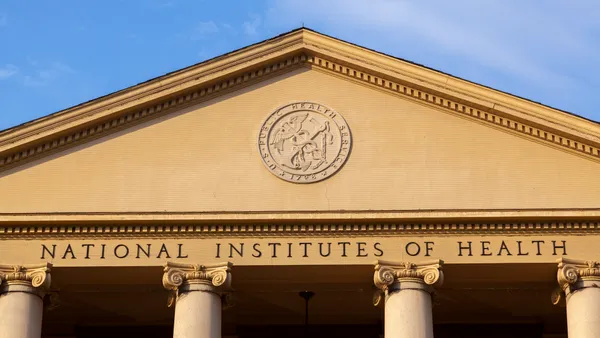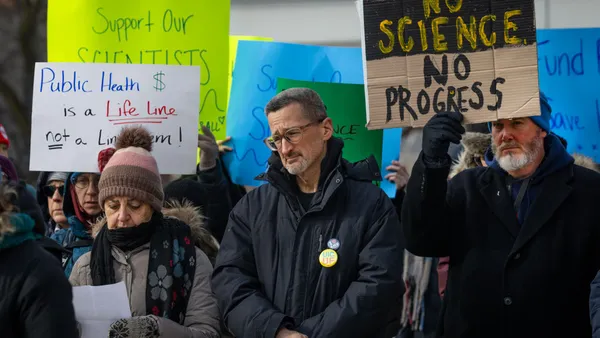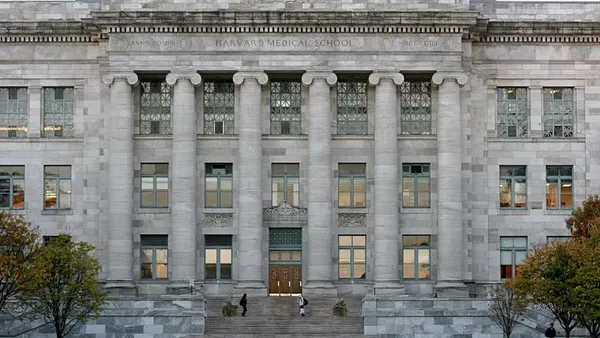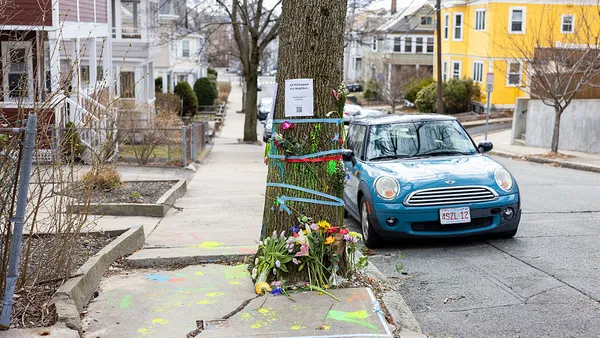Dive Brief:
- Students’ share of higher education funding hit the lowest levels in more than a decade in 2022, amounting to 37.6% of the total, according to a recent study from the State Higher Education Executive Officers Association. That proportion, however, still remains higher than what students paid at the outset of the Great Recession.
- State funding’s share has risen in recent years, reaching 39.6% in 2022. But that rate was still well below the 49.2% levels seen in 2008, the highest recorded in the study.
- Since then, the proportion of funding from grants — which includes Pell Grants, as well as discounts and allowances toward tuition and fees — has steadily ticked upward. By 2022, the number stood at 15.7%, compared to 9.4% in 2008.
Dive Insight:
Compared with 2008, at the height of the Great Recession, students by 2022 paid a larger share of their higher education costs while states’ proportion decreased significantly.
Those two shifts are the largest in the SHEEO’s study. Students’ share of the total peaked in the last decade at 41.8% in 2013, after which the figure remained above 40% until 2020. Even with the subsequent decline, it still remained 2.7 percentage points above 2008 levels in 2022. The share from states, on the other hand, was nearly 10 percentage points lower in 2022 than it was in 2008.
The share of state funding varies widely by location. In Alaska, for example, state funding accounted for 67% of the total in 2022. Other states — including New York, North Carolina and Connecticut — also contribute above 50%. But in states such as Indiana, Arizona, West Virginia and Vermont, the share was below one-third.
A SHEEO study from earlier this year found that 2023 state funding levels marked just the second time that appropriations per full-time student exceeded pre-Great Recession levels.
Between 2008 and 2022, the share of local funding — which typically supports community colleges — has increased modestly, by less than a percentage point, to 7.1% in 2022. In the public two-year college sector, the increase in local funding was more substantial, rising from 22.7% in 2008 to 26.7% in 2022.
Grants’ share increased nationally by more than 6 percentage points after 2008. Included in that figure are Pell Grants, though the program’s individual share has declined steadily since 2011. The federal program has “not kept up with continued increases in costs to students and families over time,” the study’s authors noted.
Accounting for the increase in total grants are other kinds of aid, such as tuition discounts and other institutional allowances, as well as federal grants beyond Pell.













